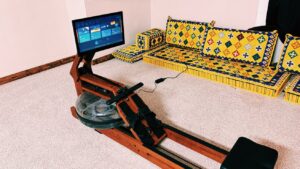

Two days after India’s third Apple Store opens, the country is to get its fourth, this time with Apple Koregaon Park, near Mumbai.
Apple’s logo for its Pune, India store — image credit: Apple
This new store continues Apple’s reported plan to open four across in 2025. It follows the announcement of Apple Hebbal, in Bengaluru’s Phoenix Mall of Asia, which opens on September 2, 2025.
The opening dates for both stores are unusual, being a Tuesday and a Thursday. It’s more common for Apple to open a new store on a Friday, ahead of a weekend which it packs with Today at Apple events.
Continue Reading on AppleInsider | Discuss on our Forums






